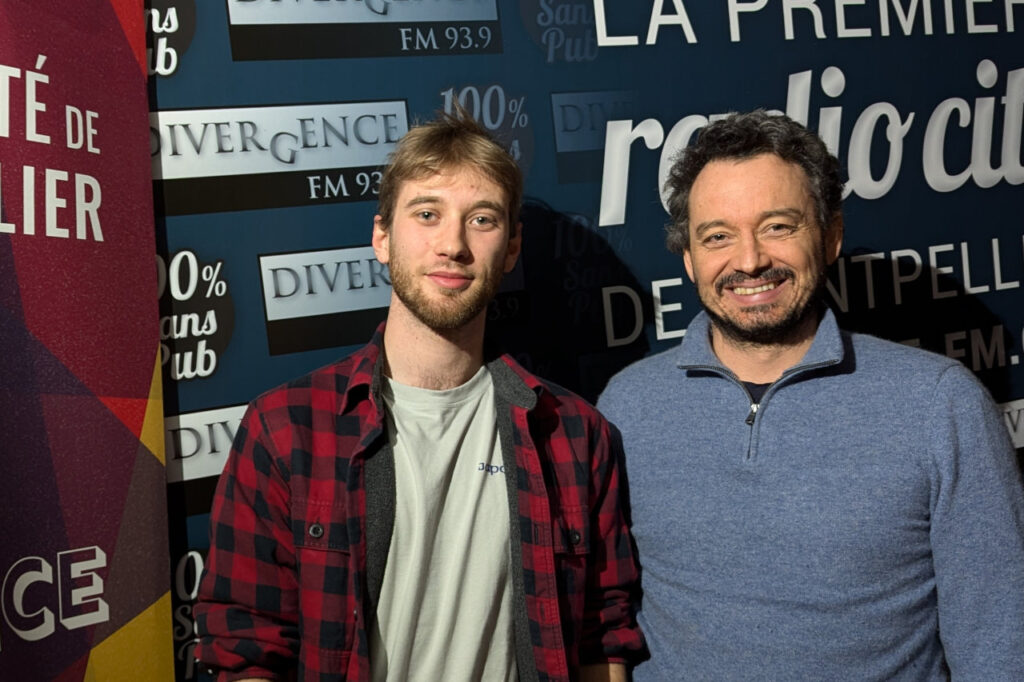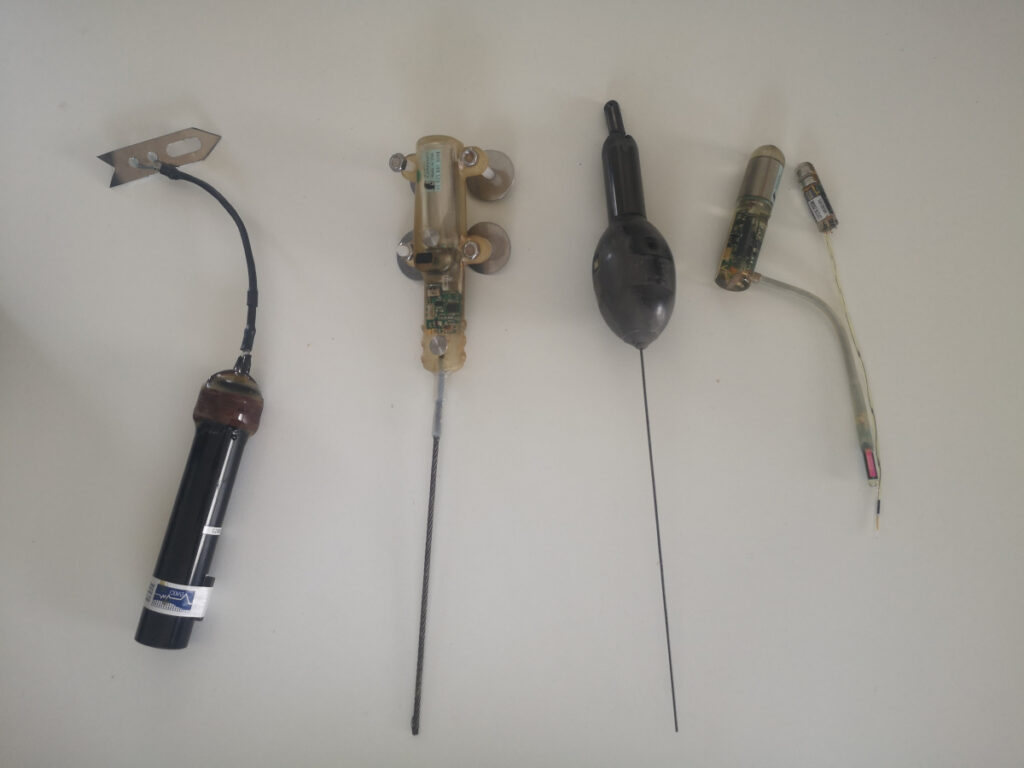A l'UM la science [S04-ep17] : Deciphering dolphin whistles
This week on A l'UM la science, Loïc Lehnohff and Bastien Mérigot, researchers at the Marbec laboratorylaboratory, are trying to decipher dolphin communication to combat accidental fishing. The report takes us to the Celimer to introduce us to biologging. Finally, our last-minute guest Annaëlle Francia presents the programme for the 8 days of biodiversity. A program broadcast every Wednesday on Divergence FM 93.9.

The first Vendée Globe sailors to leave Les Sables d'Olonne last November must have noticed a big change in the Bay of Biscay when they arrived at the end of January. Not a trawl on the horizon, not a net, not a deep-sea seine. And with good reason: since January 22, 2025, fishing boats over 8 meters in length have been banned from the cold waters of this part of the Atlantic until February 20.
The aim? To breathe new life into dolphins, whose populations are increasingly threatened by so-called accidental fishing. In 2019, the number of dolphins unintentionally killed in this way was estimated at 11,500 (8,900 in 2021), while the International Council for the Exploration of the Sea(ICES) sets the endangerment threshold for this population at 4,900.
On October 23, 2023, under pressure from a European directive, the Minister for the Sea issued a decree banning fishing in the Bay of Biscay for 4 weeks during the winters of 2024, 2025 and 2026. While the measures taken in winter 2024, like those against neonicotinoids, were largely emptied of their substance through derogations since ruled illegal by the Conseil d'Etat, the ban in winter 2025 is much stricter, to the great displeasure of fishermen.
So is it possible to reconcile industrial fishing and ocean protection? Scientists are working on the development of devices that could limit the damage caused by these nets by alerting dolphins and other small cetaceans to their presence. But how can we communicate with these animals, whose reputation for intelligence is well established? By using acoustic beacons! Bio-inspired beacons are being developed as part of the DolphinFree project led by Bastien Mérigot, researcher at the Marbec marine biology laboratory. With Loïc Lehnohff, also a researcher at Marbec, they have worked on the sounds these marine animals emit in the presence of the beacon or in the presence of fishing nets, using artificial intelligence. They tell us about their publication Characterization of whistling by artificial intelligence: responses of short-beaked common dolphins (Delphinus delphis) to a bio-inspired acoustic attenuation device.
In the second half of the program, we head for Sète, where Laurent Dagorn of the Marbec laboratory takes us to the Celimer Coastal and Sea Center to see the biologging platform, a technique for marking marine animals with beacons to track their movements.

At the end of the program, Anaëlle Francia, a student in the Master 2 program in environmental and biodiversity management, gives us the program for the 8 Days of Biodiversity, which will be held at several sites in Montpellier from February 12 to 19.
At UM la science you've got the program, here we go!
Coproduction: Divergence FM / Université de Montpellier
Animation: Lucie Lecherbonnier
Interviews : Lucie Lecherbonnier / Aline Périault
Reporting and editing: Lucie Lecherbonnier
Production: Robin Laillou
Listen to the "A l'UM la science" program on Divergence FM 93.9
